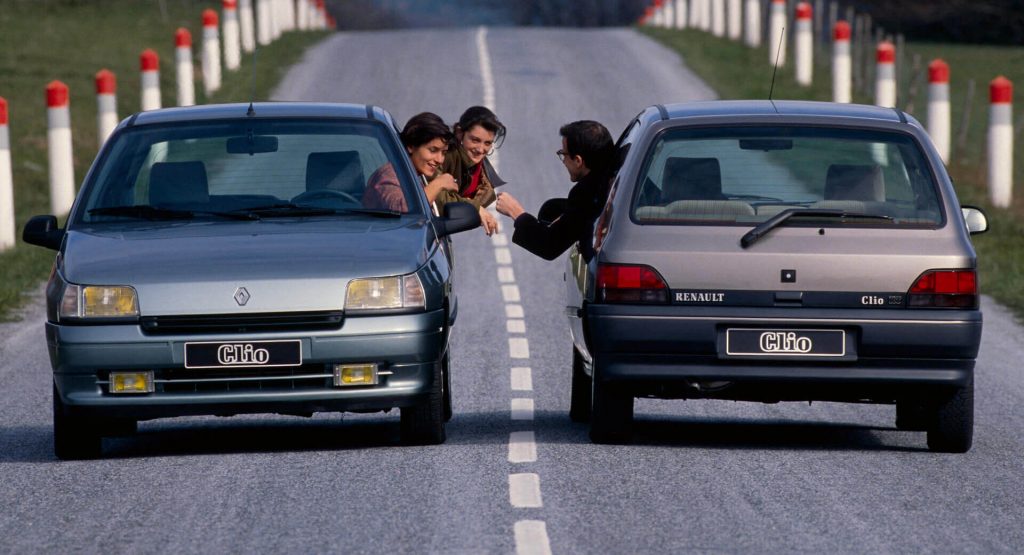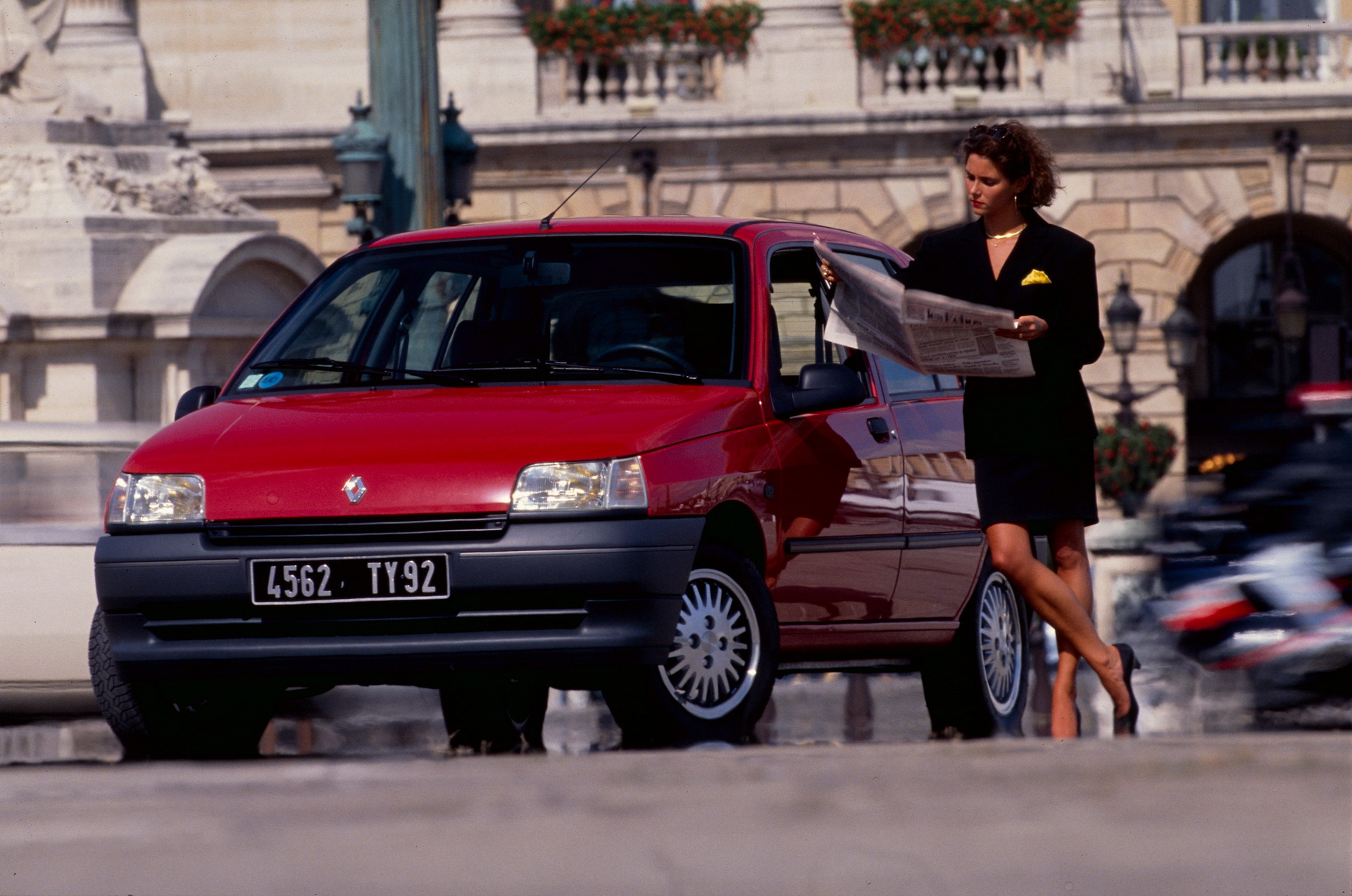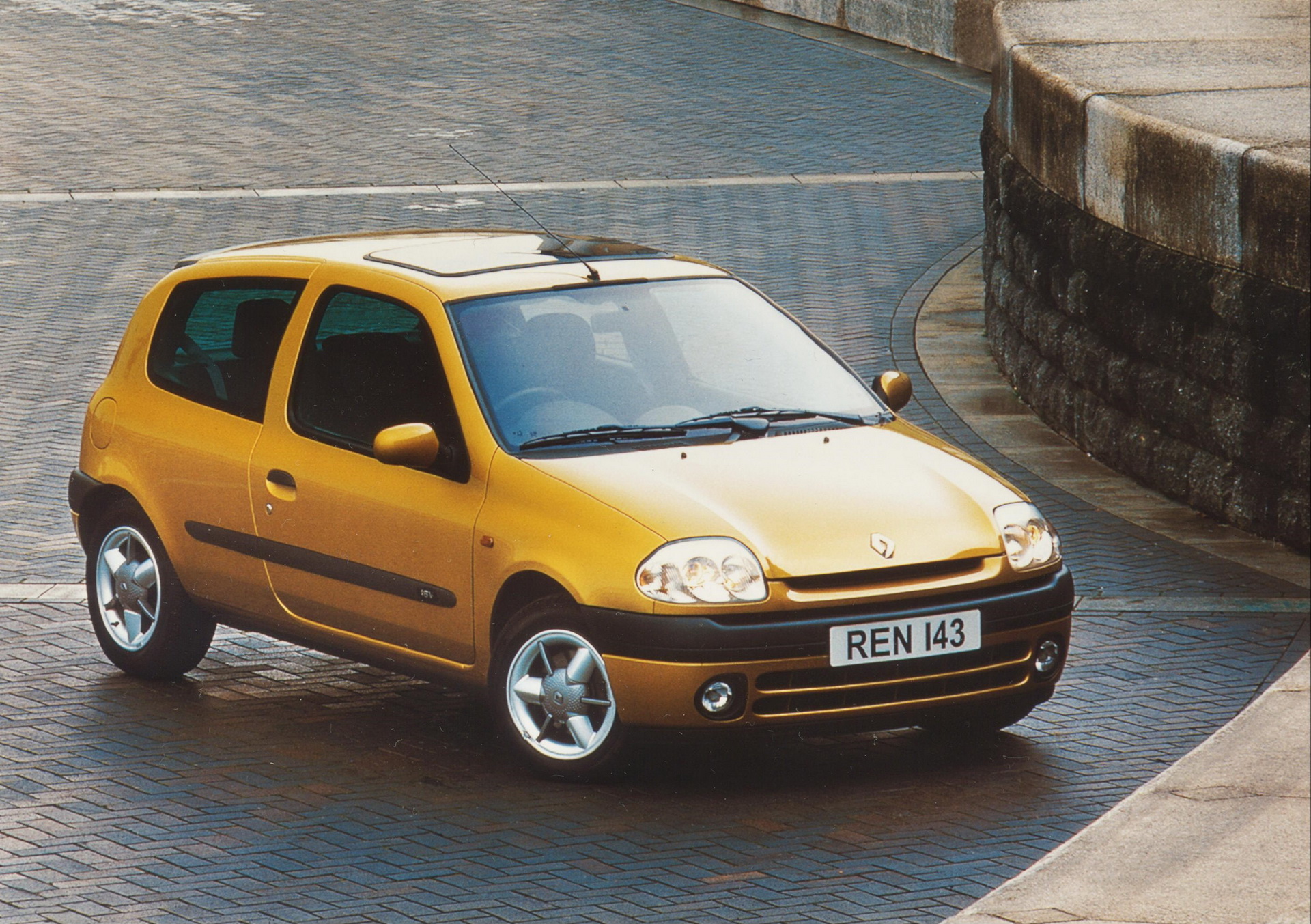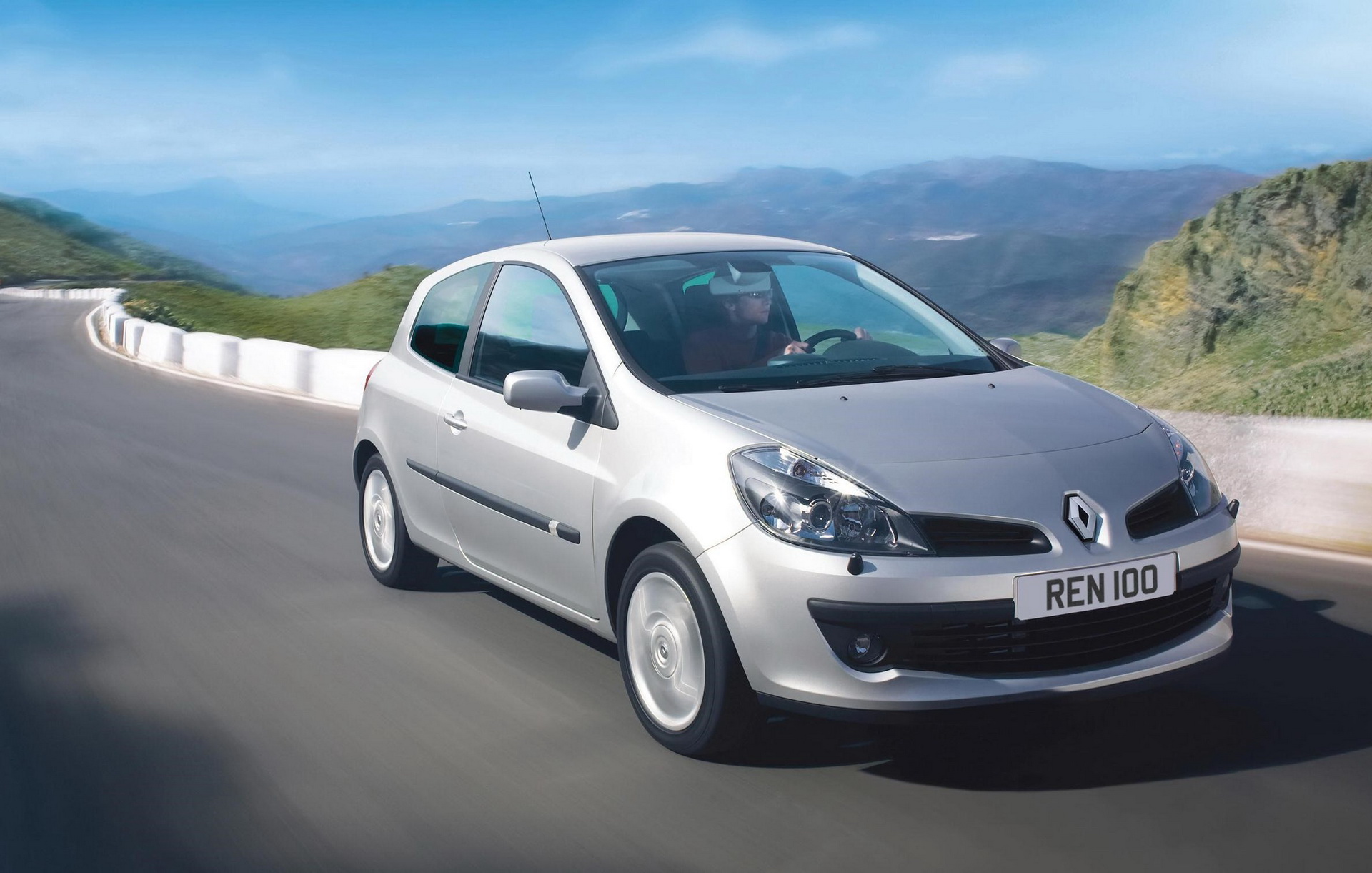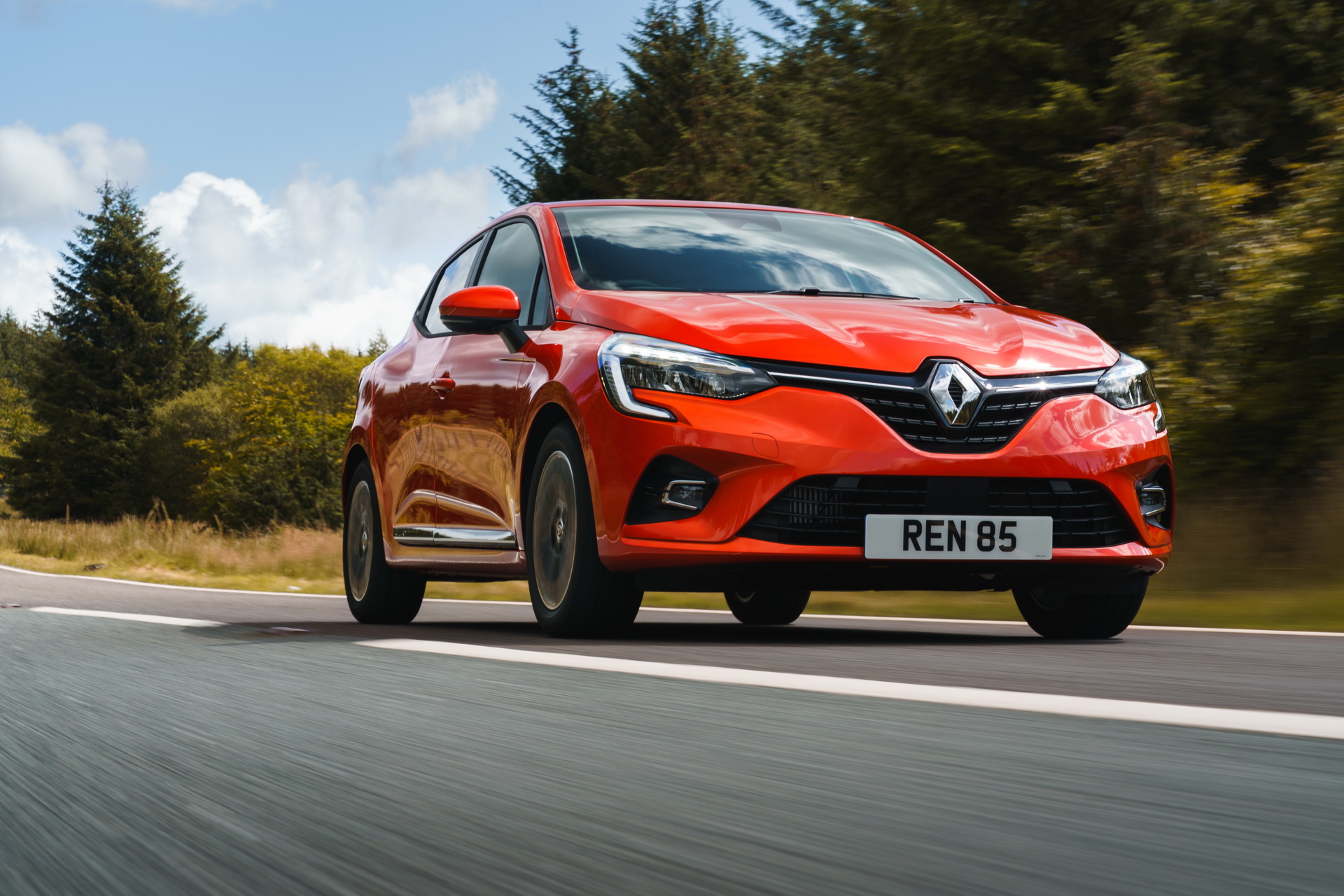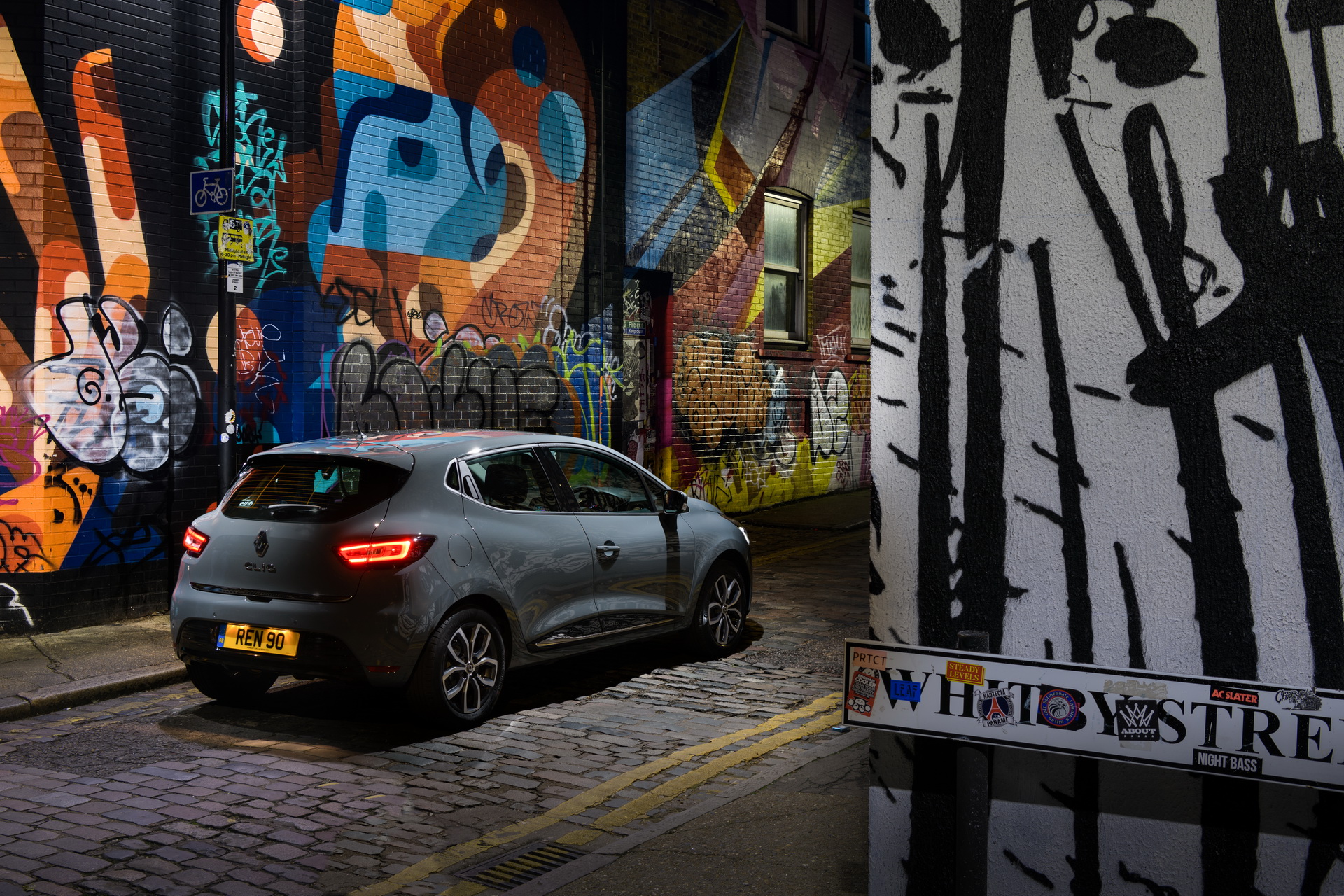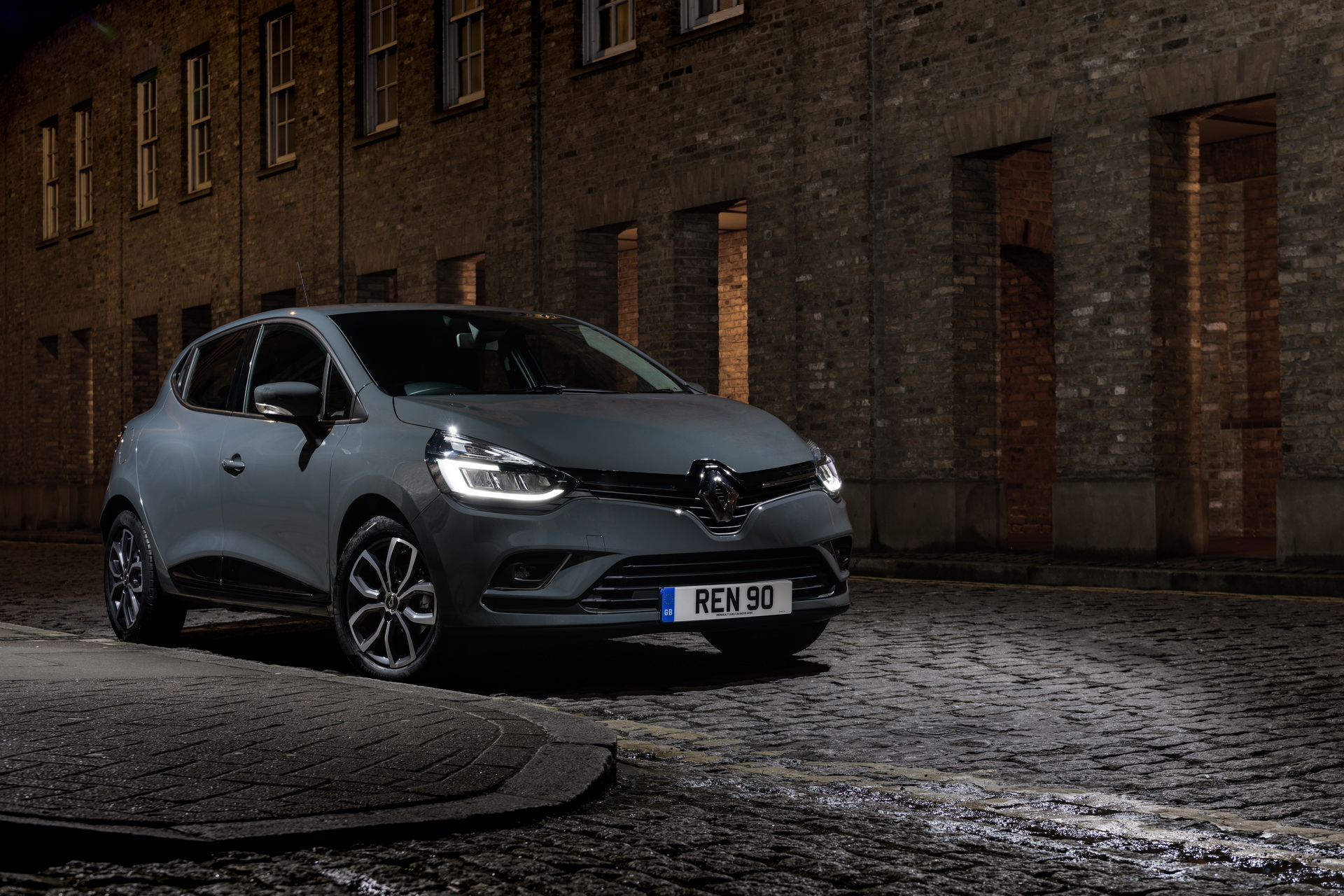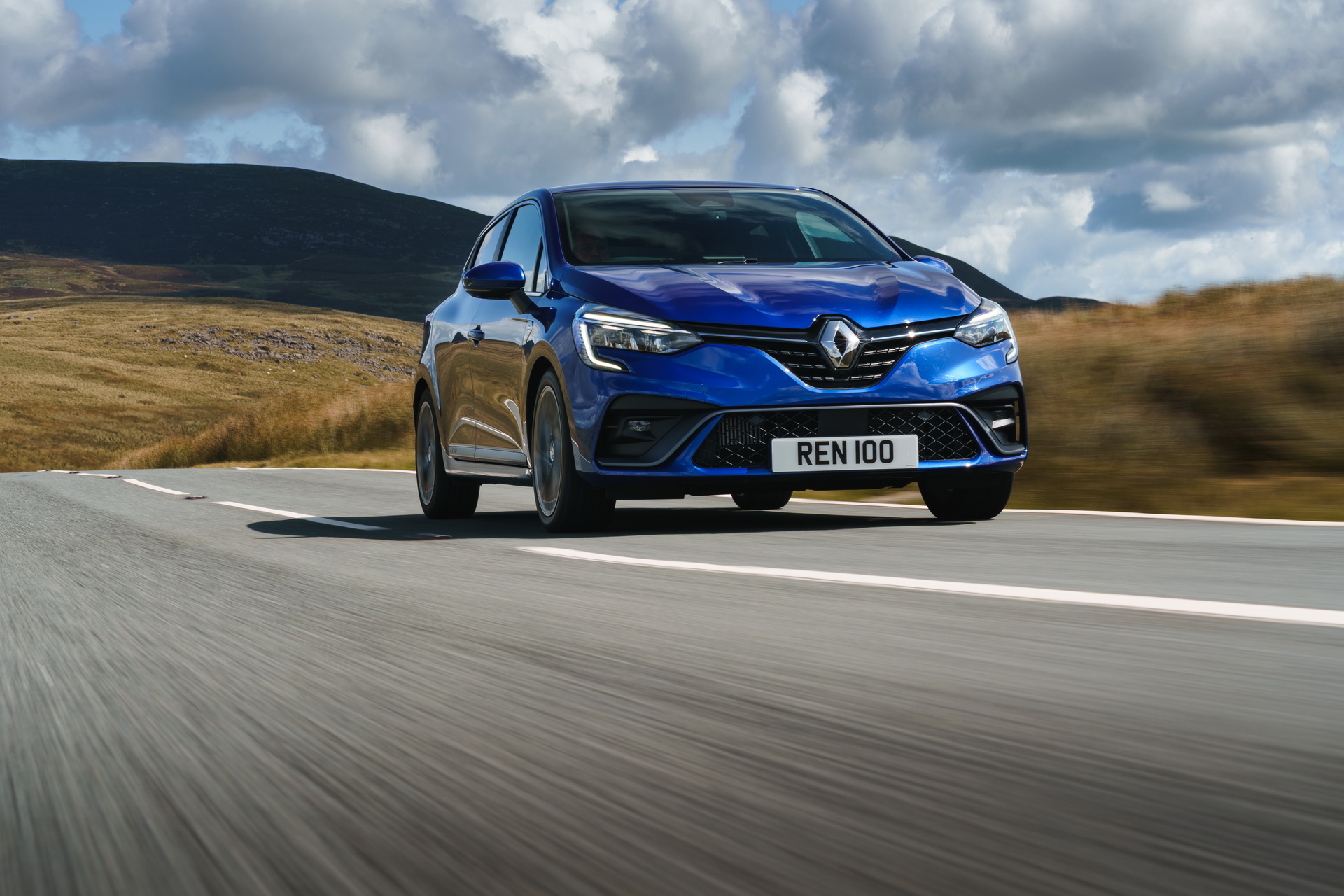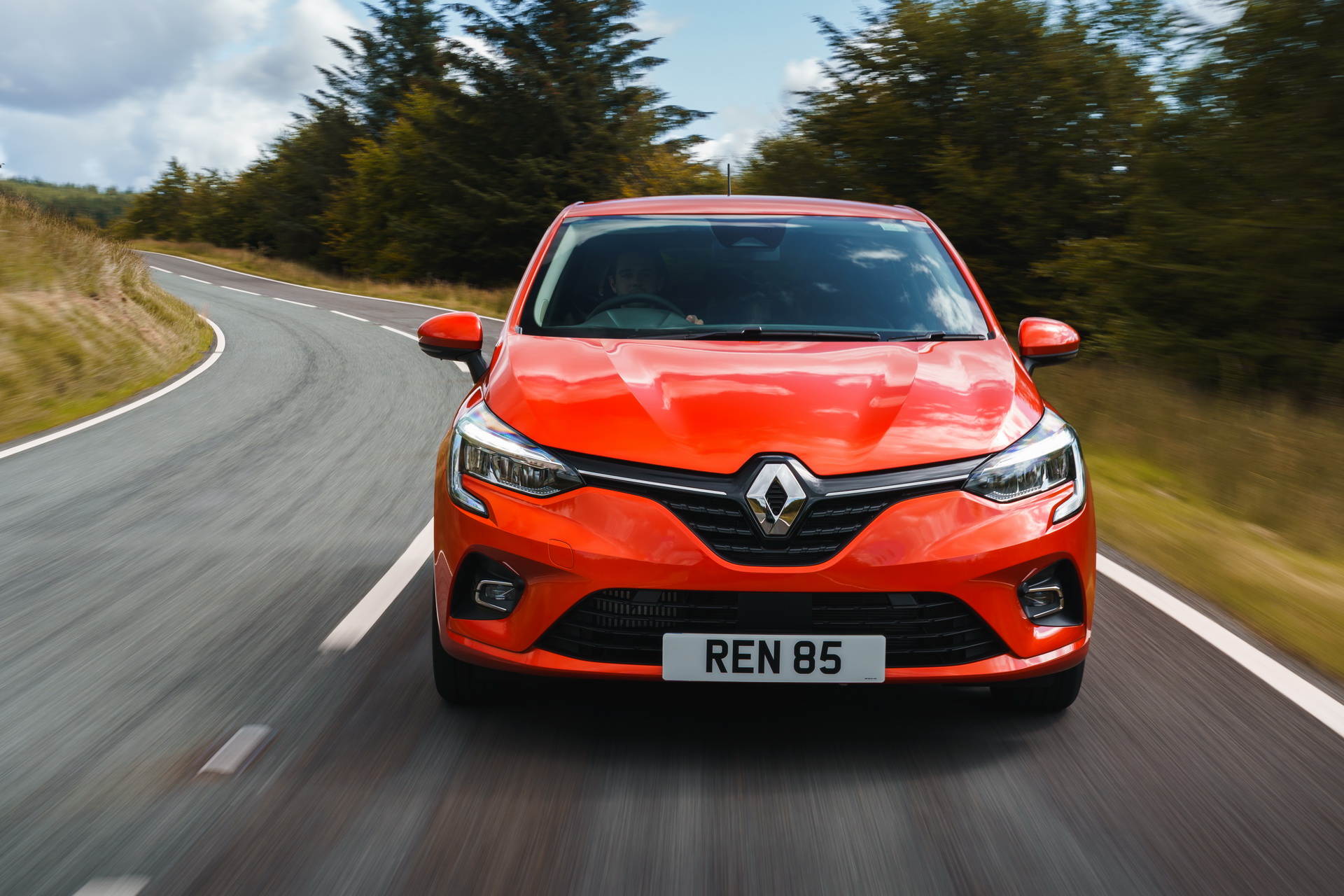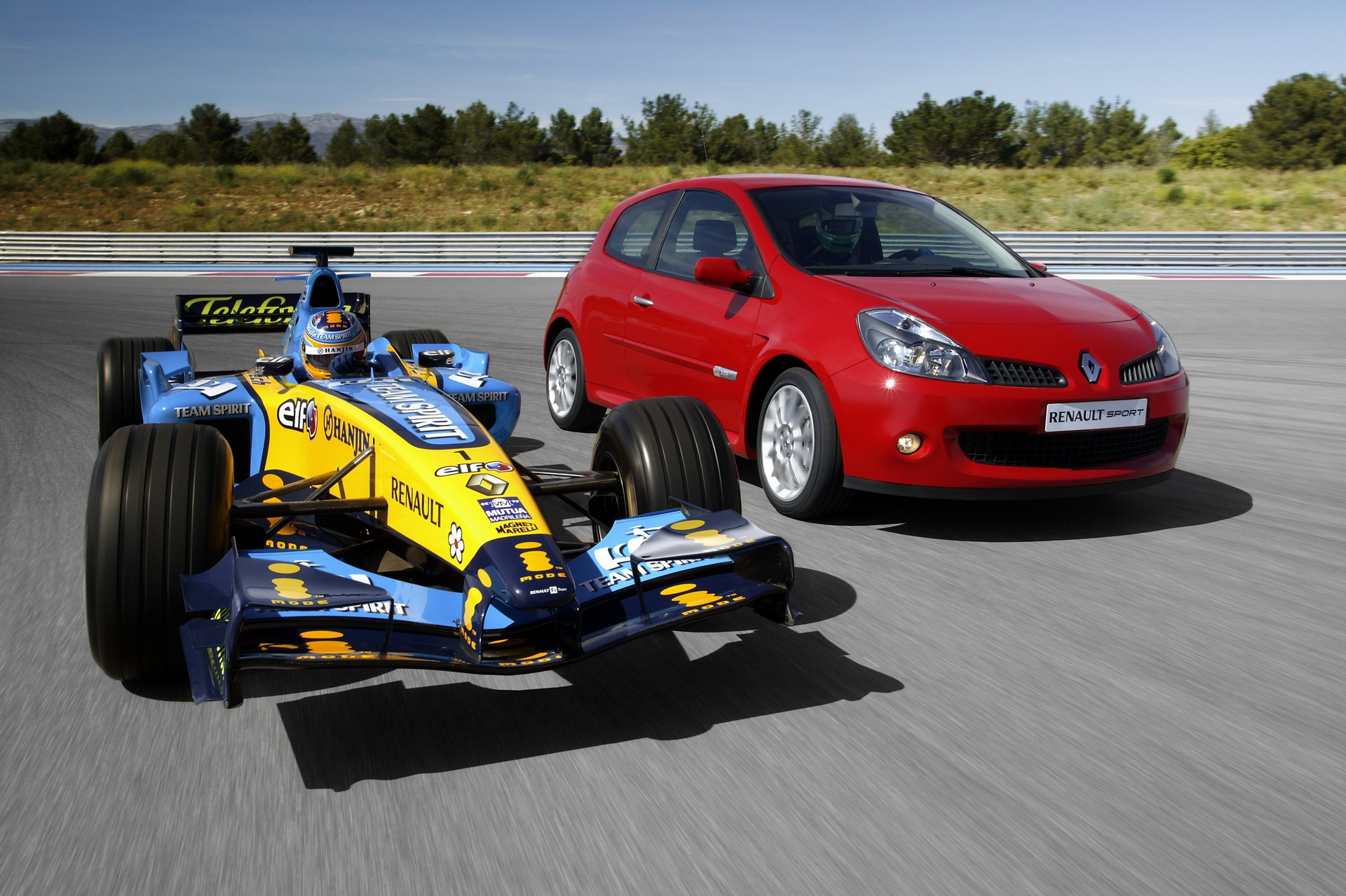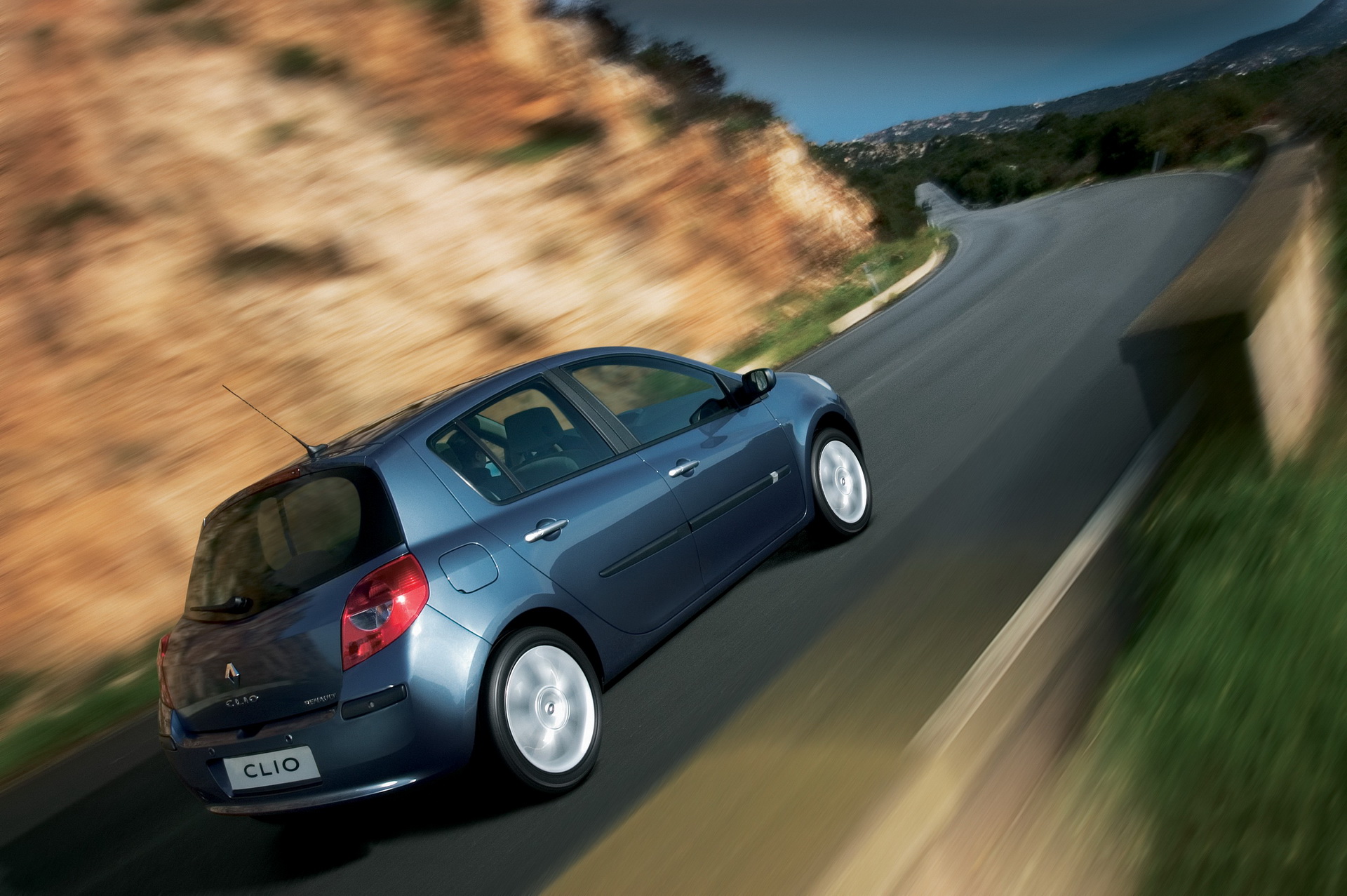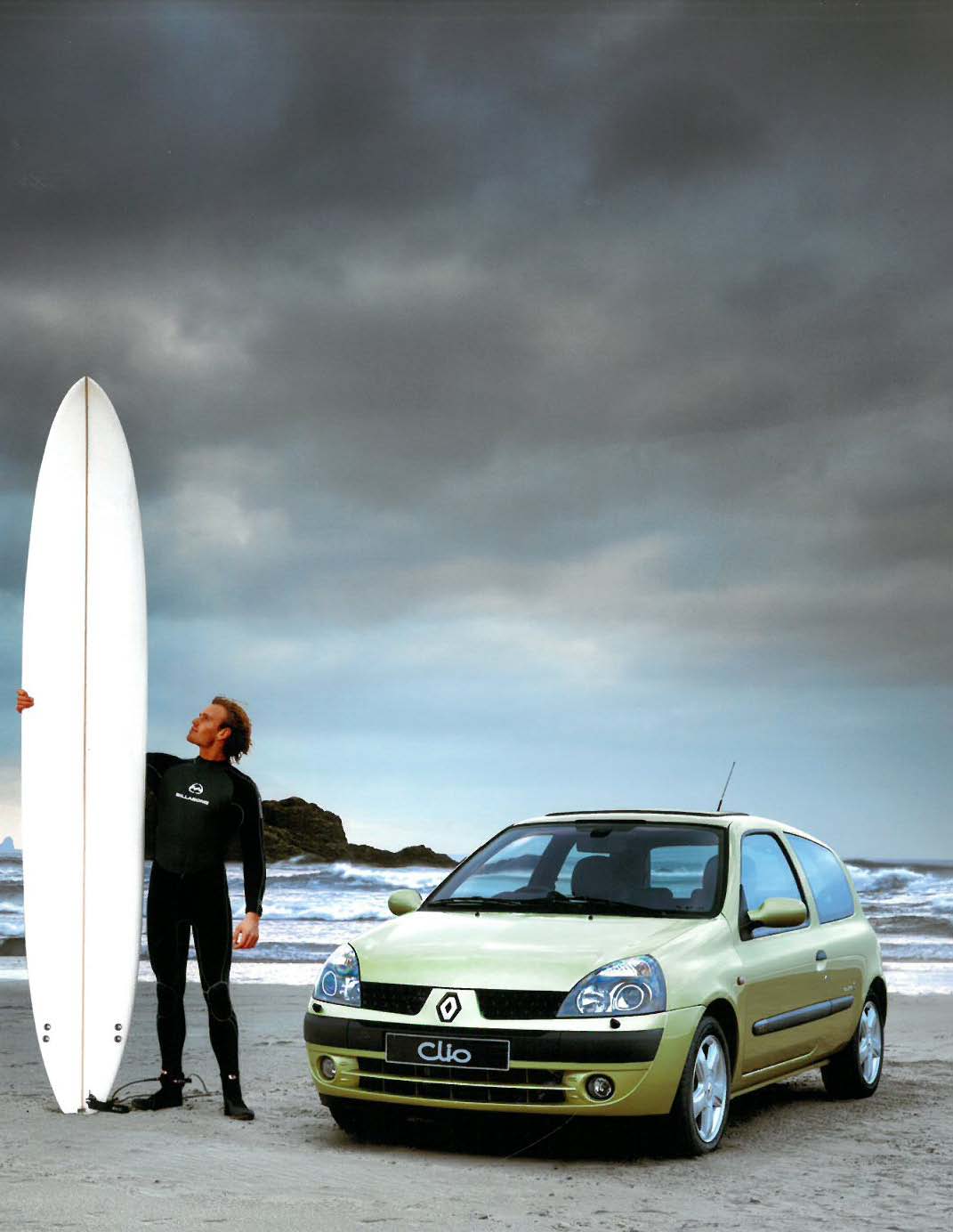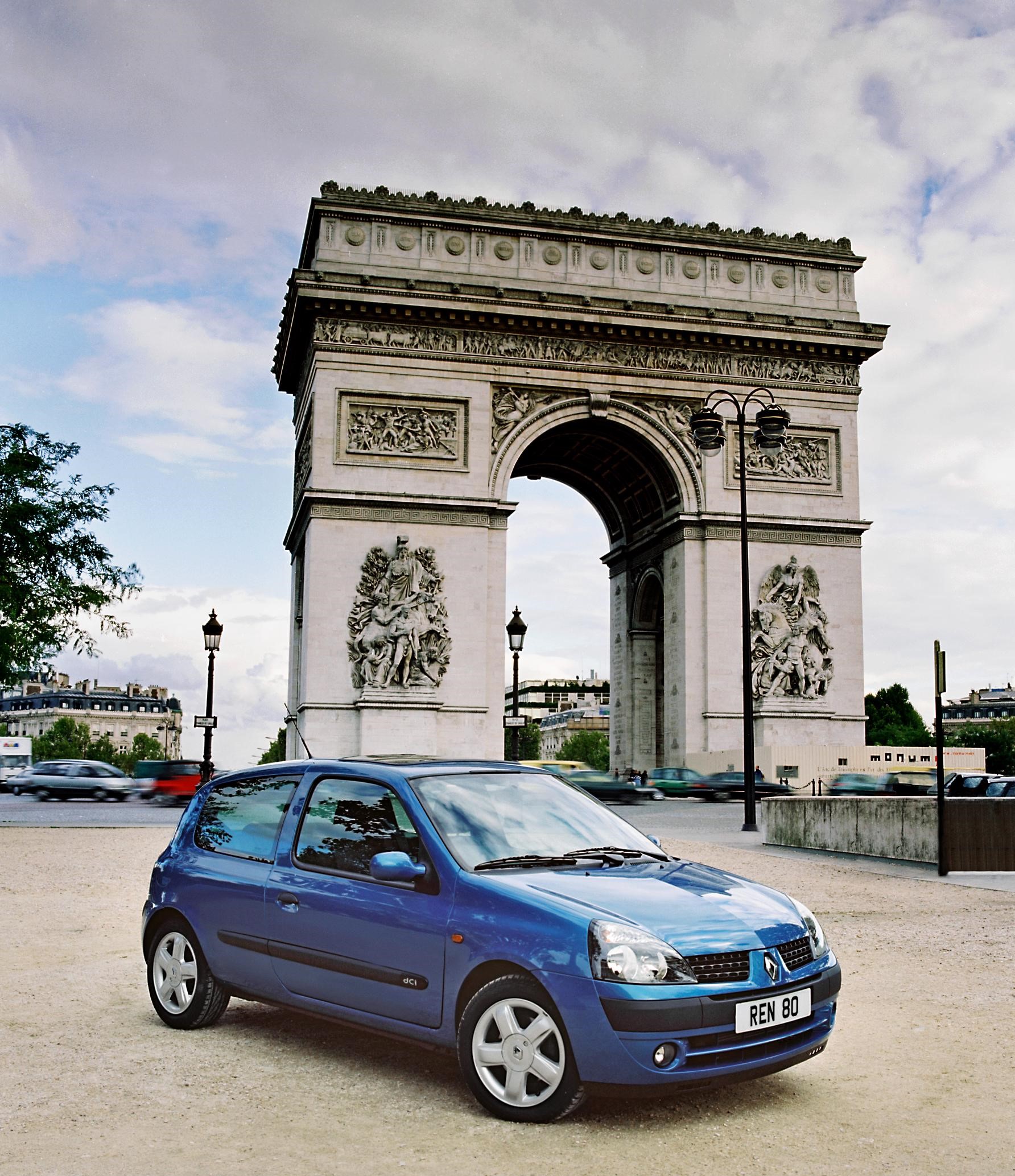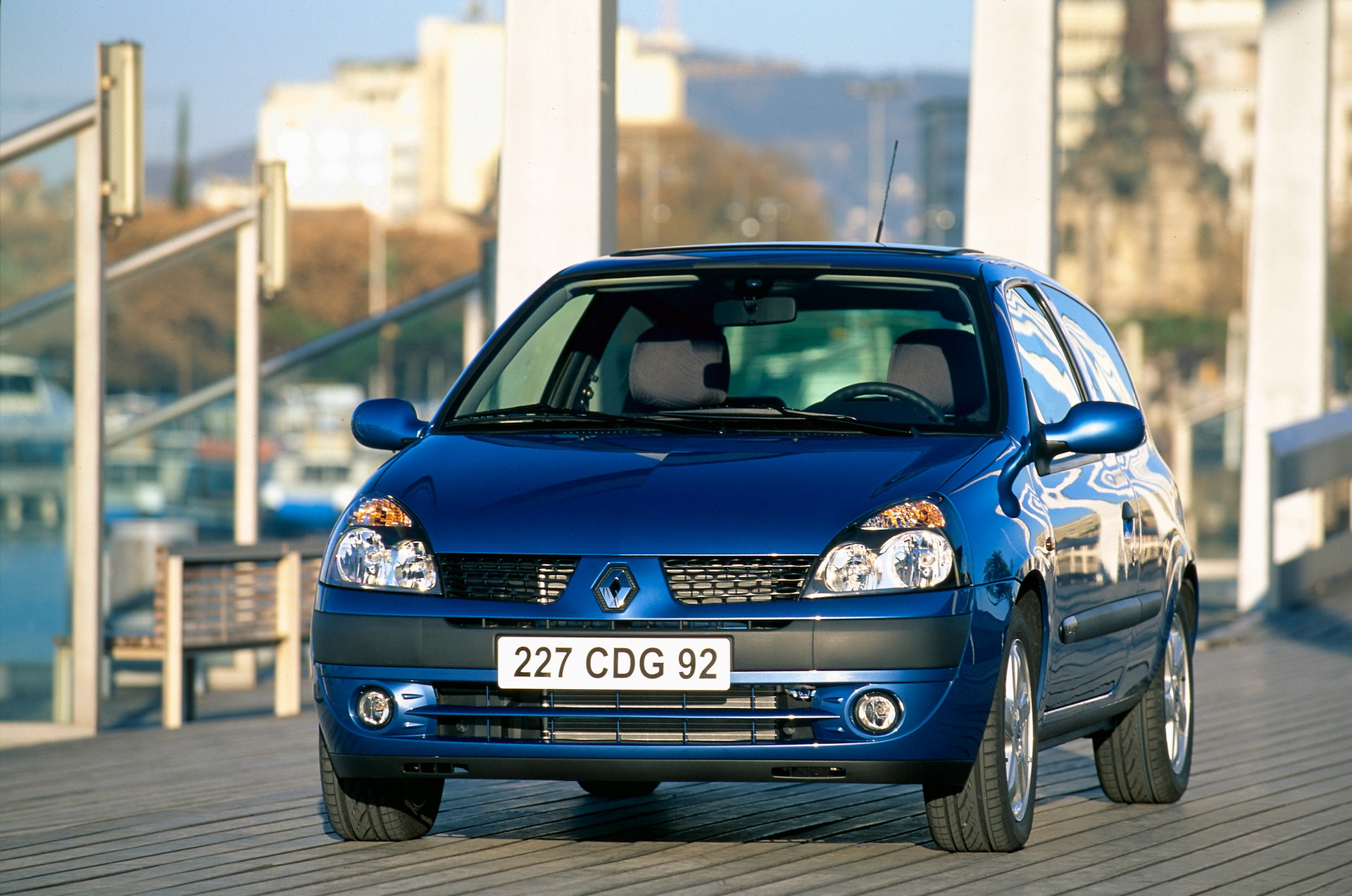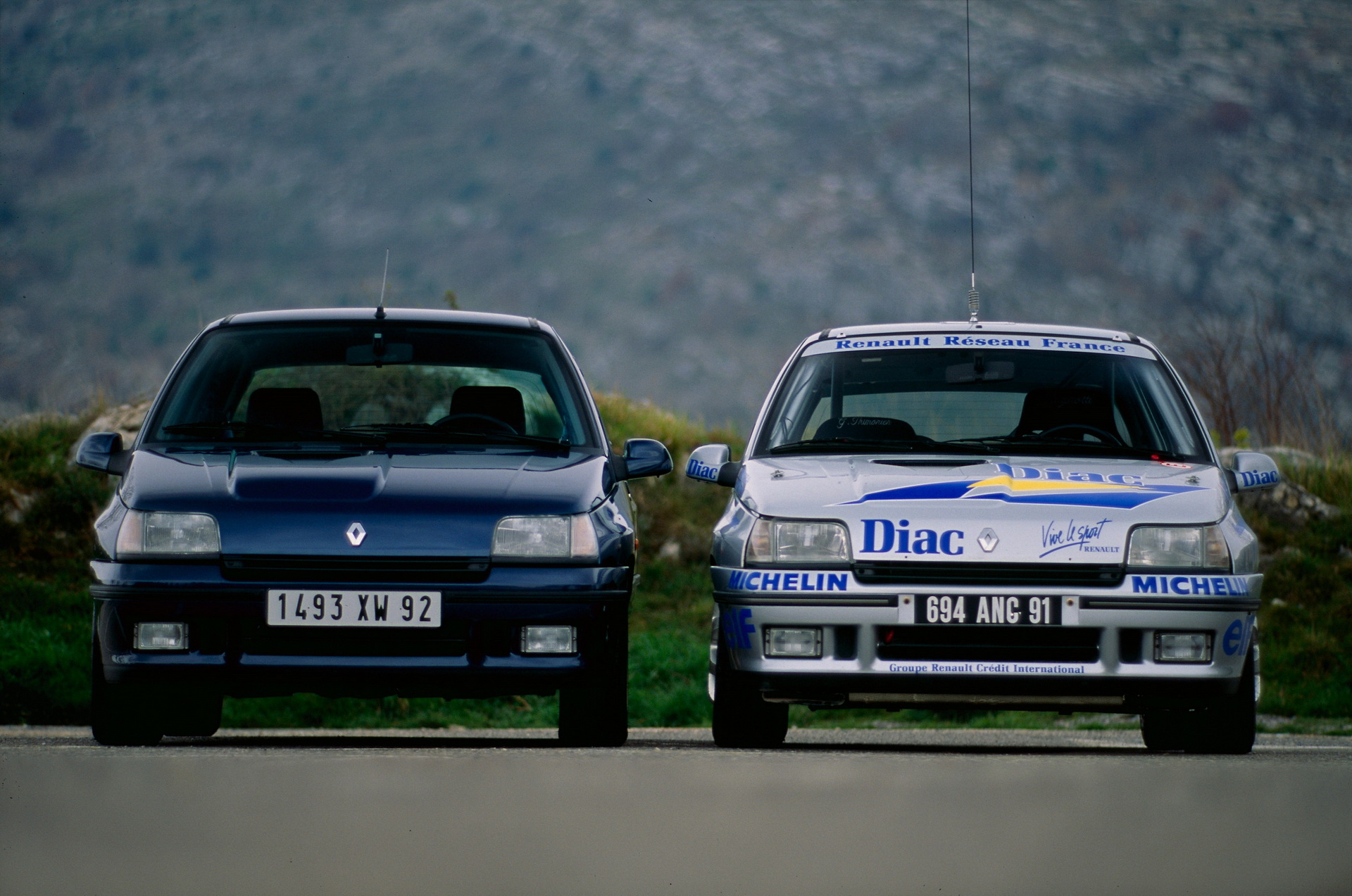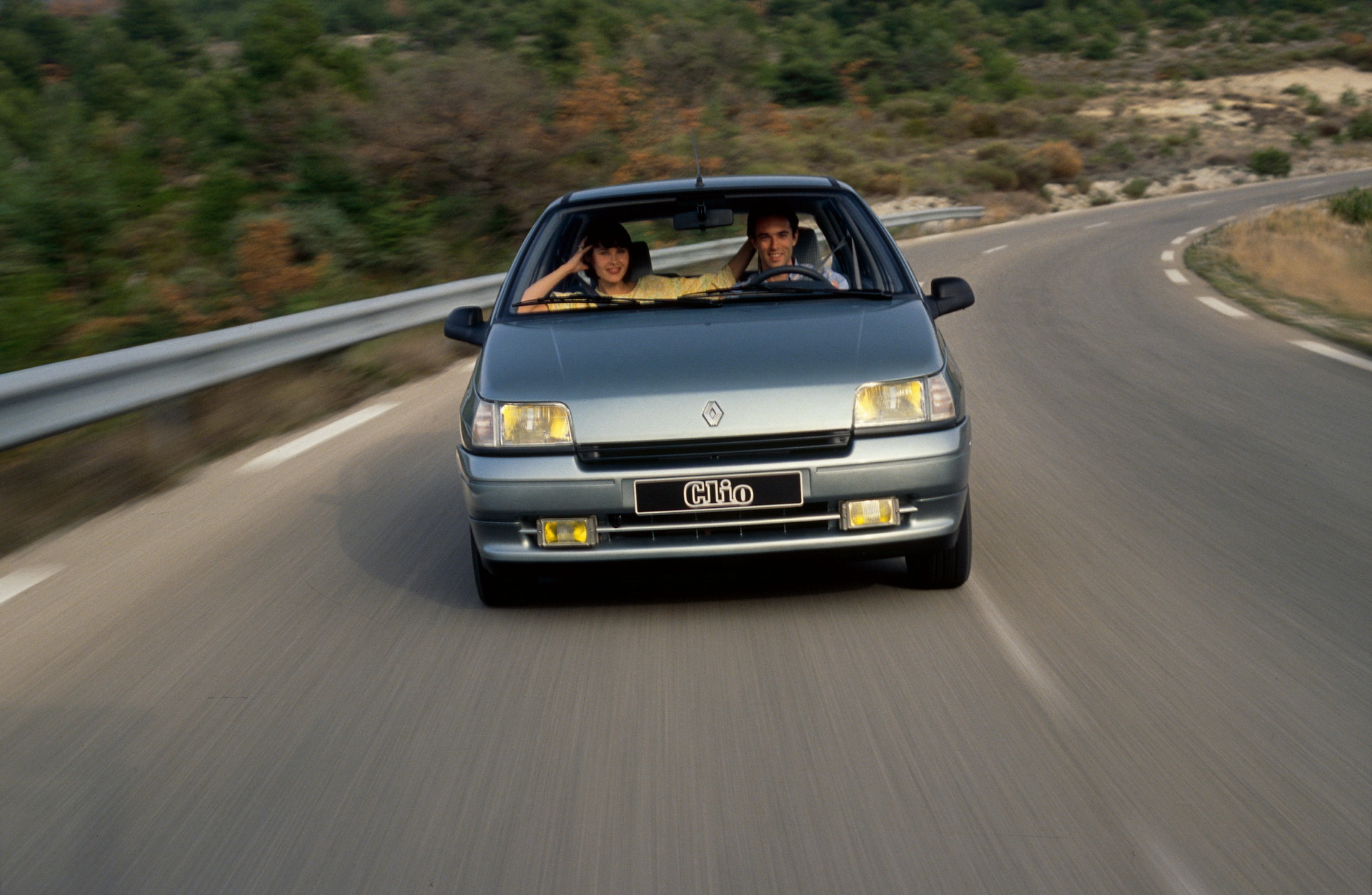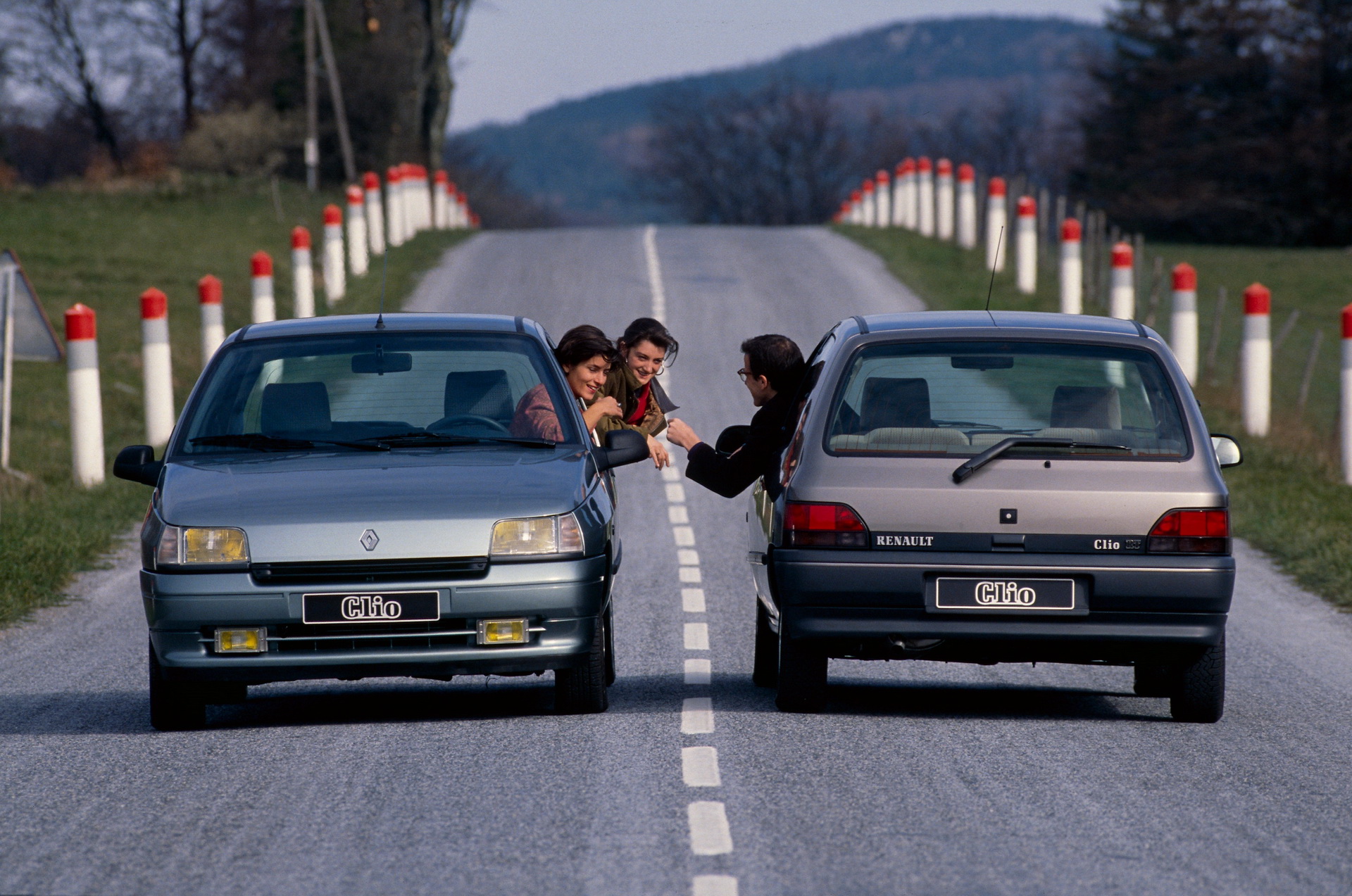This year marks the 30th anniversary of the Renault Clio. The French supermini is one of the most successful cars ever sold in Europe, with over 15 million units made since the original model came out in 1990.
Renault Clio I
Designed as a replacement for the successful Renault 5, the first-gen Clio was unveiled at the 1990 Paris Motor Show.
In 1991, it won the European Car of the Year title, with jurors recognizing it as the best new vehicle that was launched in the Old Continent thanks to its “remarkable styling, strong quality levels, generous cabin space and unprecedented equipment for a model of this size”.
The RT 1.4-liter five-door variant was equipped with remote central locking, electric front windows and a stereo radio/cassette player. Other versions included the RL 1.2-liter three-door, 1.9-liter diesel, 1.8-liter, 16-valve RSi hot hatch and the 2.0-liter, 148 HP (150 PS) Clio Williams.
Renault Clio II
Production of the Clio I ended in 1998, when Renault introduced the Clio II. Featuring a new design and larger footprint, which resulted in a more spacious cabin, it had larger seats and a suspension tuned for comfort.
The weight was kept in check with then advanced engineering solutions, as some variants featured an aluminum bonnet, composite front fenders and polycarbonate headlight covers.
The Clio was the first subcompact model offered with front side airbags and ABS, and it was also available with seatbelt pretensioners and power steering.
The engine lineup comprised of 1.2-, 1.4- and 1.6-liter gasoline units and a 1.9-liter diesel, as well as the sporty, 170 HP (172 PS) Clio RS. A 1.6-liter 16-valve petrol mill was introduced in 2000, and the rest of the range was eventually upgraded to 16V lumps that provided increased performance and better fuel economy.
In 2000, the second-gen Clio was updated with a revised instrument cluster and standard passenger airbag. In 2001 Renault added even more gear, such as the new bumpers, optional xenon headlights, digital climate control and satellite navigation system, as well as a new 1.5-liter turbodiesel. In the same year, the mid-engined, rear-wheel drive Clio V6 Renault Sport was launched with a Laguna-sourced, 226 HP (230 PS) 3.0-liter V6 engine placed behind the front seats.
More styling tweaks were performed inside and out by 2004, and the Clio RS was turned into the 182, with 179 HP (182 PS) and two chassis options, standard and Cup.
Renault Clio III
In 2005, the Clio II was replaced by the Clio III. The latest iteration came with sharper styling, better interior quality, improved cabin space and more equipment. For the first time it was available with a hands-free keycard and push-button start, alongside an advanced GPS system, active cruise control with speed limiter and others.
The third-gen Clio was the first supermini to score a five-star Euro NCAP rating thanks to its advanced active and passive safety.
An estate version, called the Sport Tourer, was also introduced for this iteration, with a longer wheelbase compared to the regular hatchback, and a new Renault Sport variant was launched with 197 HP (200 PS).
The Clio III was named the European Car of the Year in 2006.
Renault Clio IV
Inspired by the DeZir concept and penned by Laurens van den Acker, the Clio IV was presented in 2012 with a significantly longer wheelbase, new design and technology features such as the R-Link touchscreen infotainment system and full LED front lighting.
The engine lineup included the usual TCe petrol and dCi diesel engines, and the Clio RS came with a 197 HP (200 PS) turbocharged 1.6-liter engine and a six-speed dual-clutch transmission for the first time.
Renault Clio V
The current Clio was unveiled at the 2019 Geneva Motor Show and entered production last year. It too was awarded a five-star rating by the Euro NCAP car and is offered with modern petrol and diesel engines and the new E-Tech self-charging hybrid powertrain.
Renault’s latest supermini can be had with a 9.3-inch touchscreen infotainment system and 10-inch TFT driver information display and boasts improved interior comfort and space and the biggest boot in its class, at 391 liters (13.8 cu-ft).



